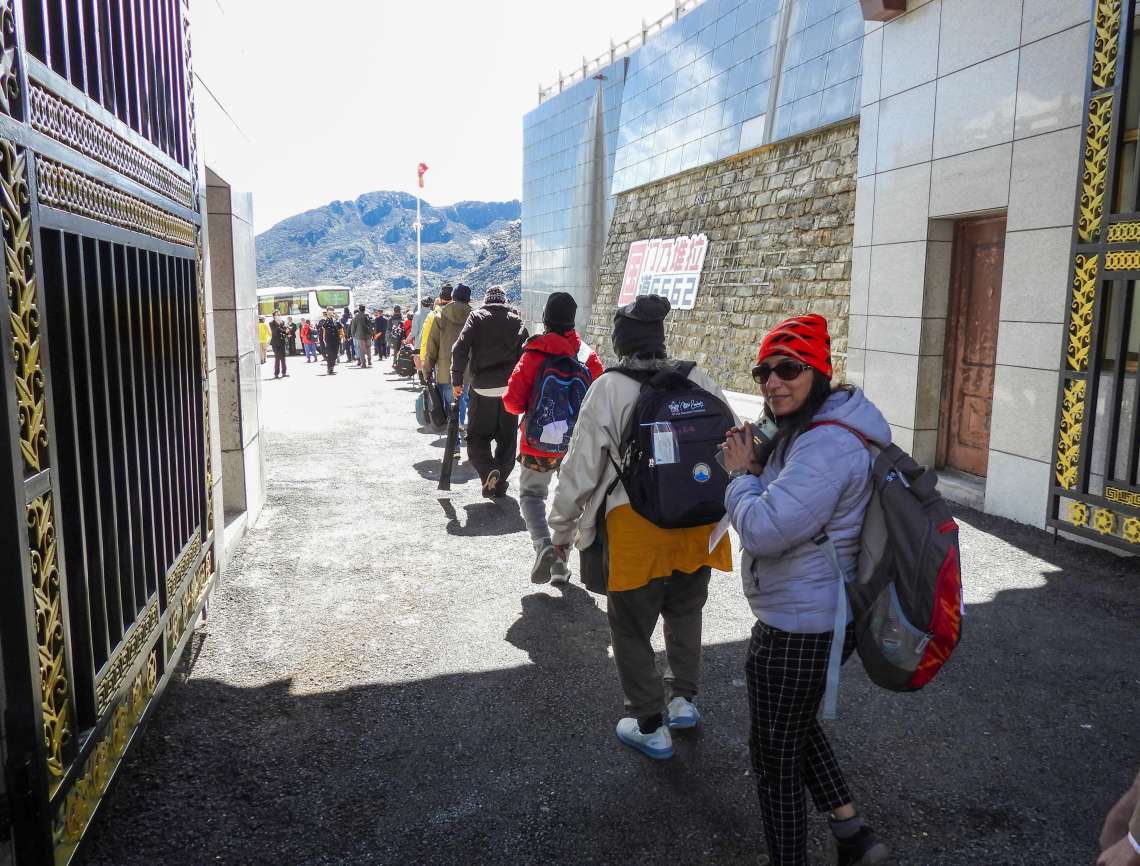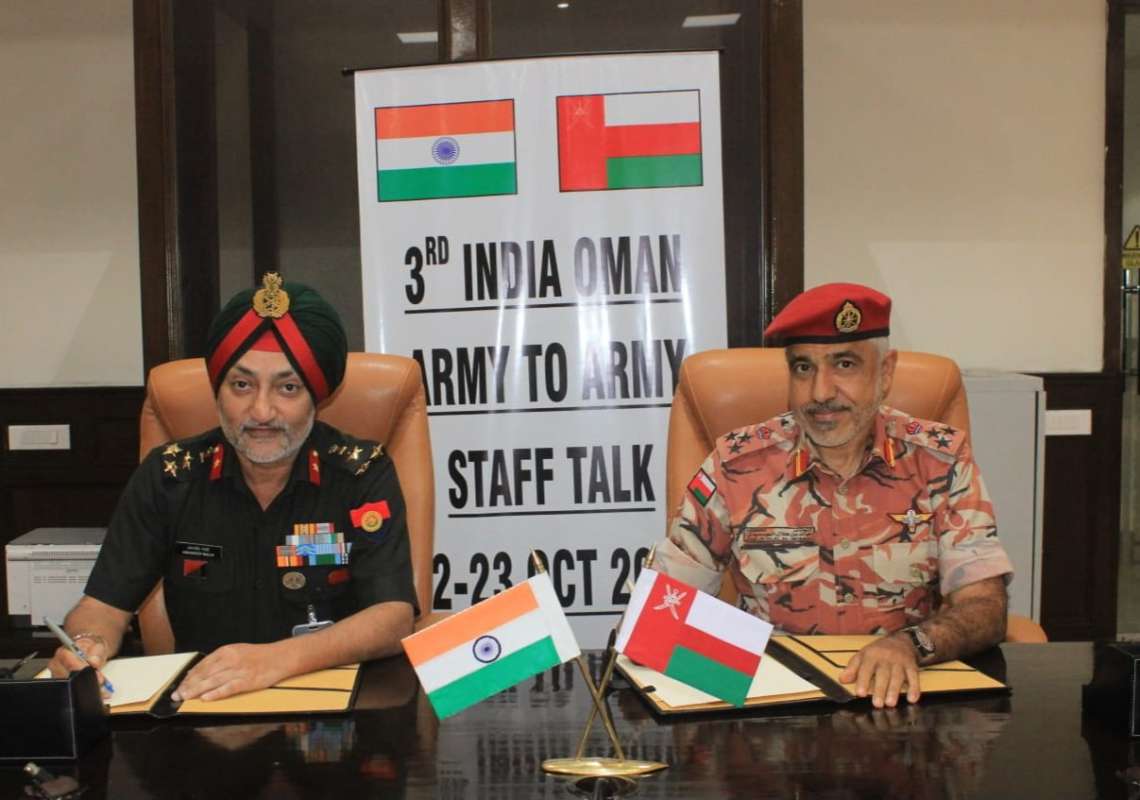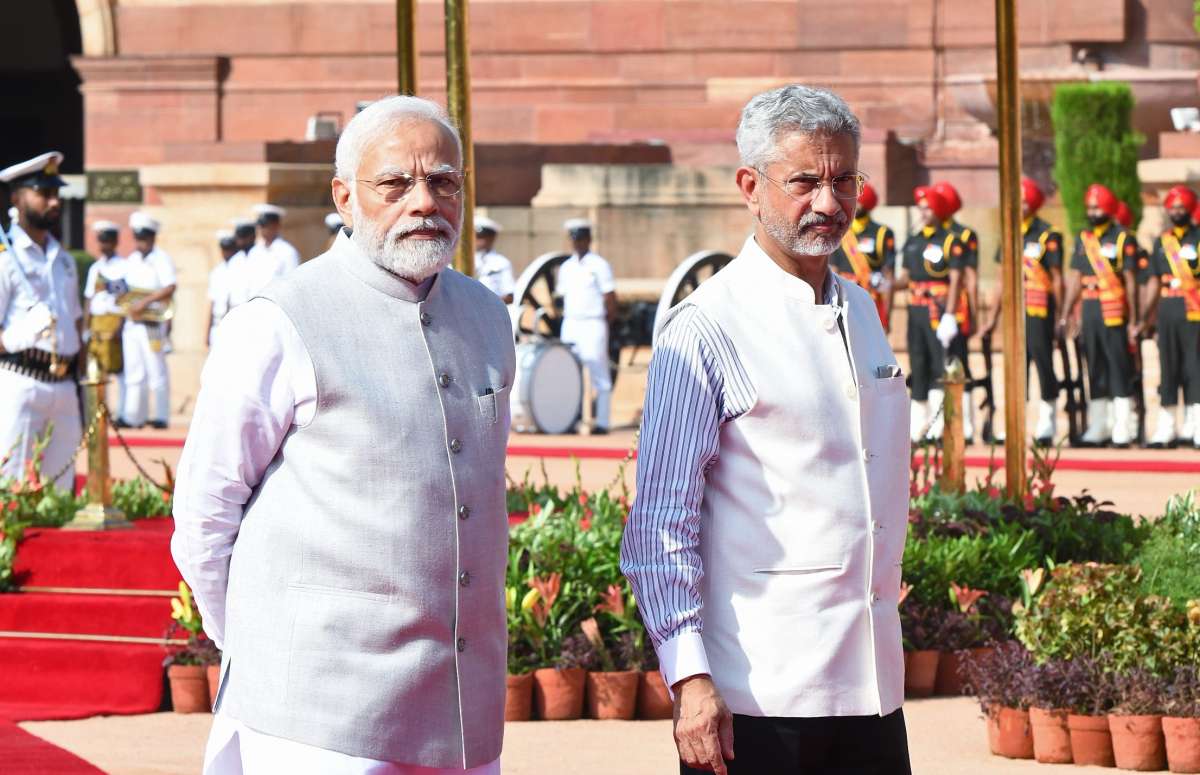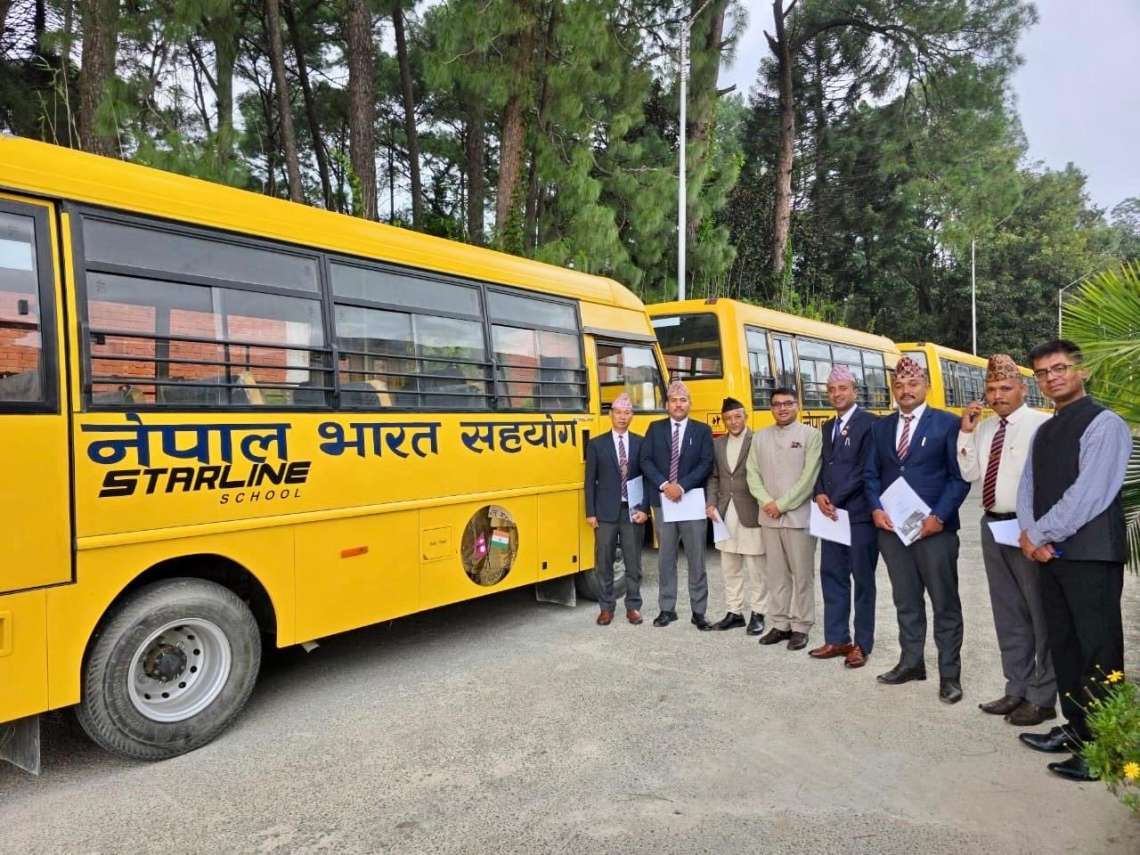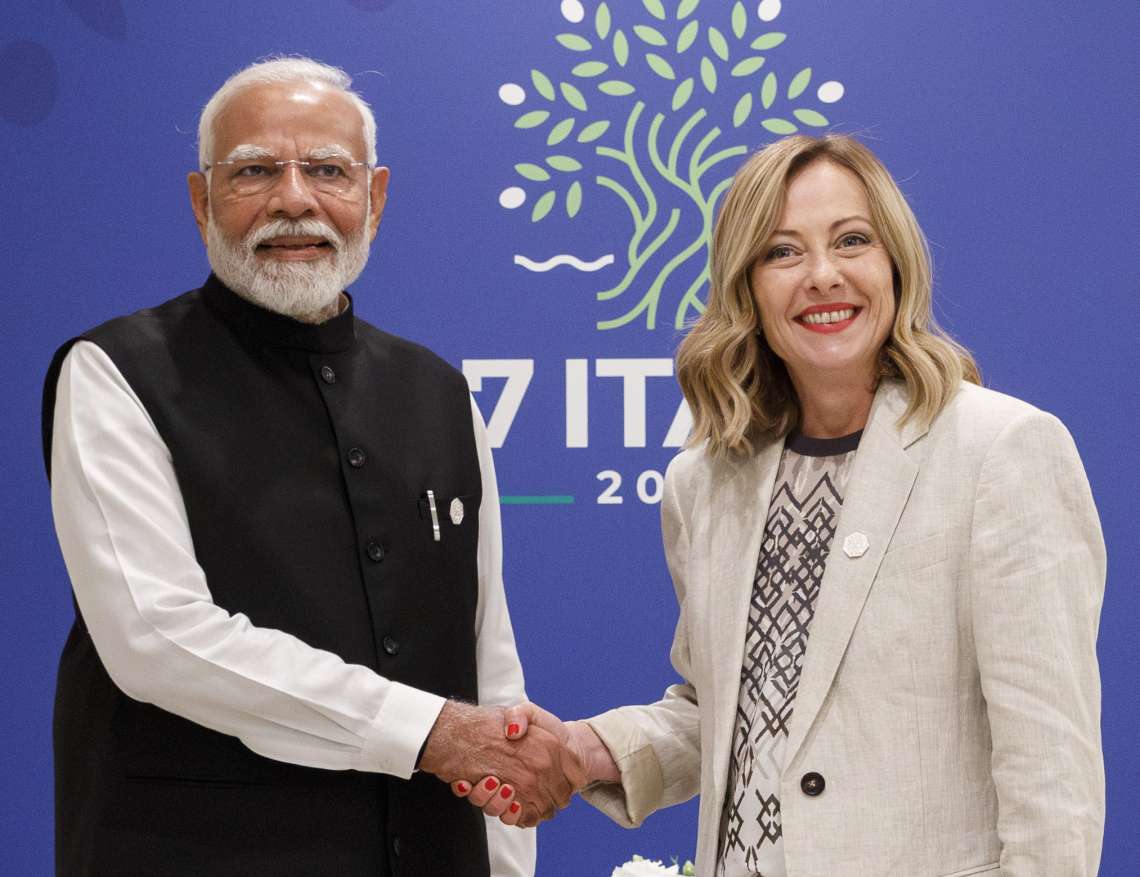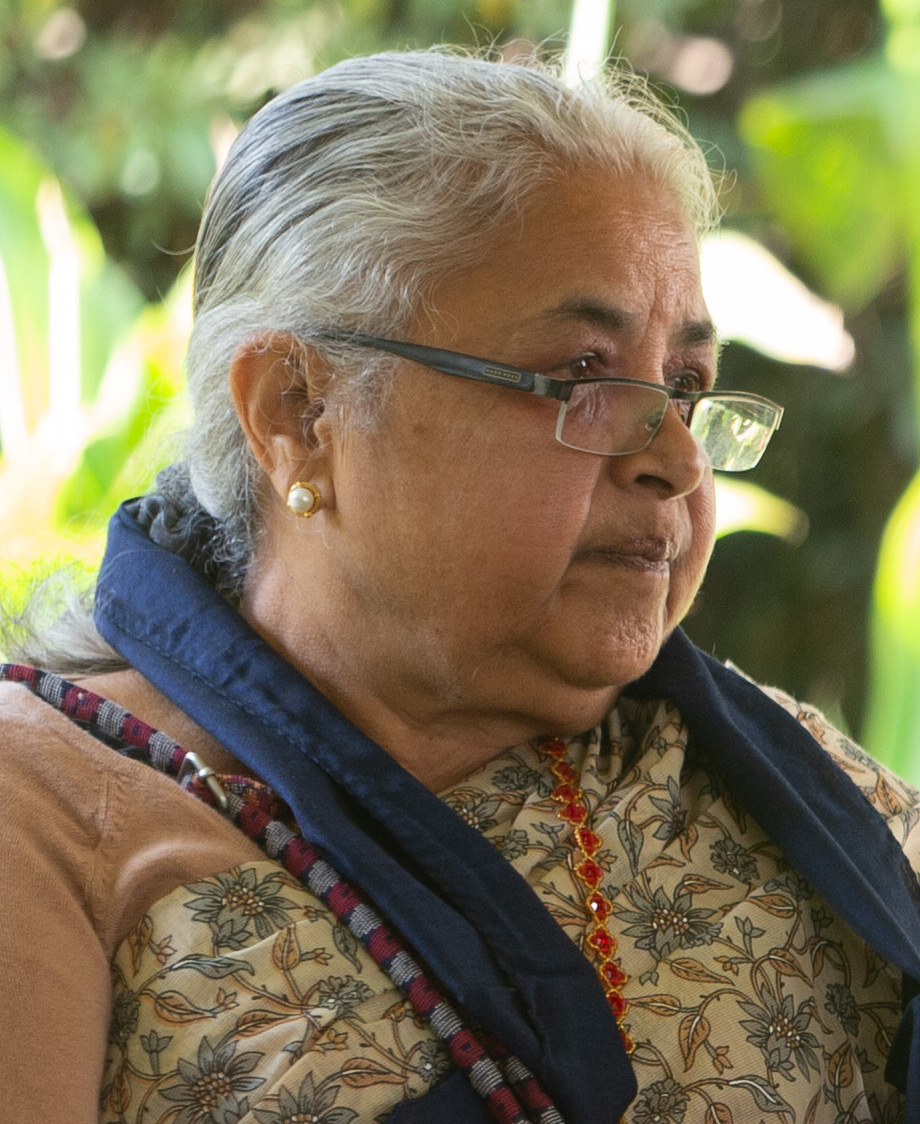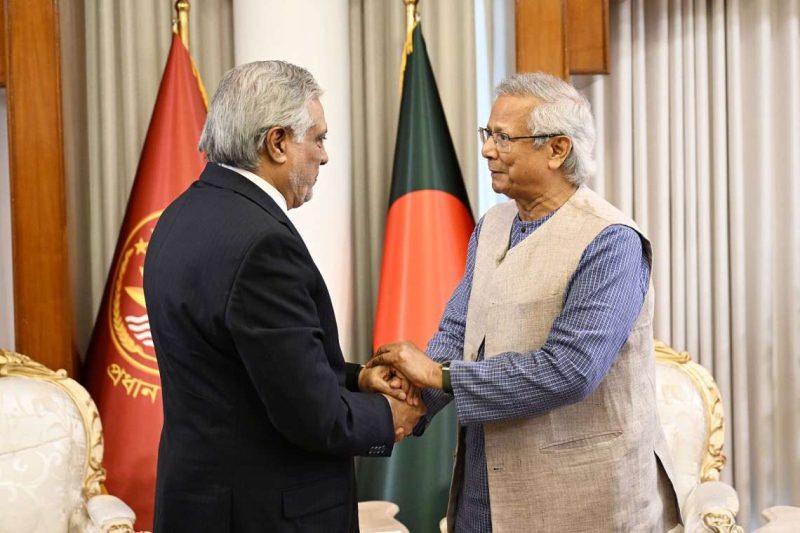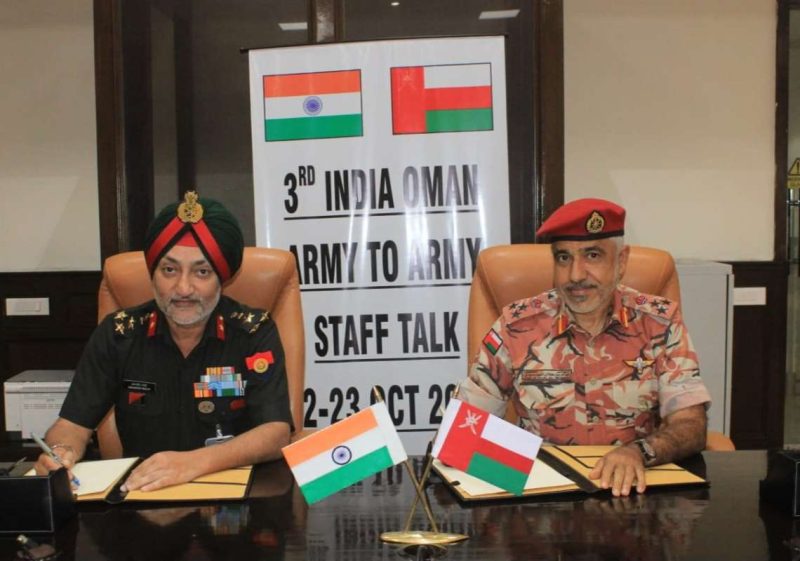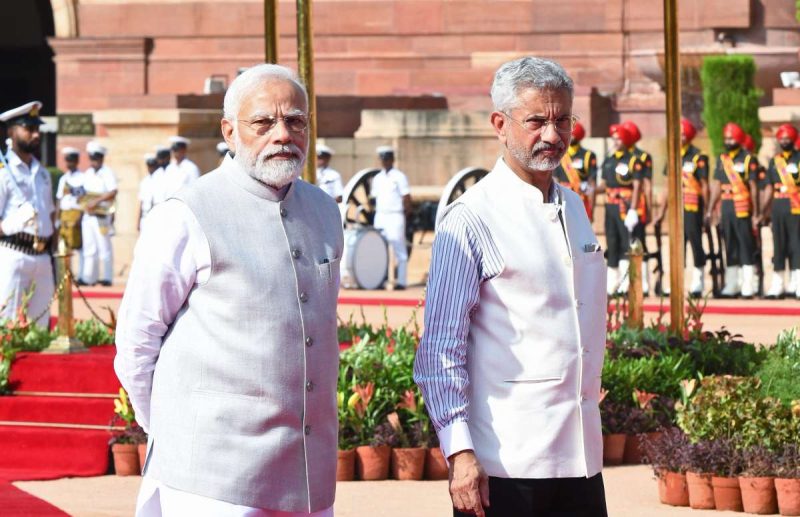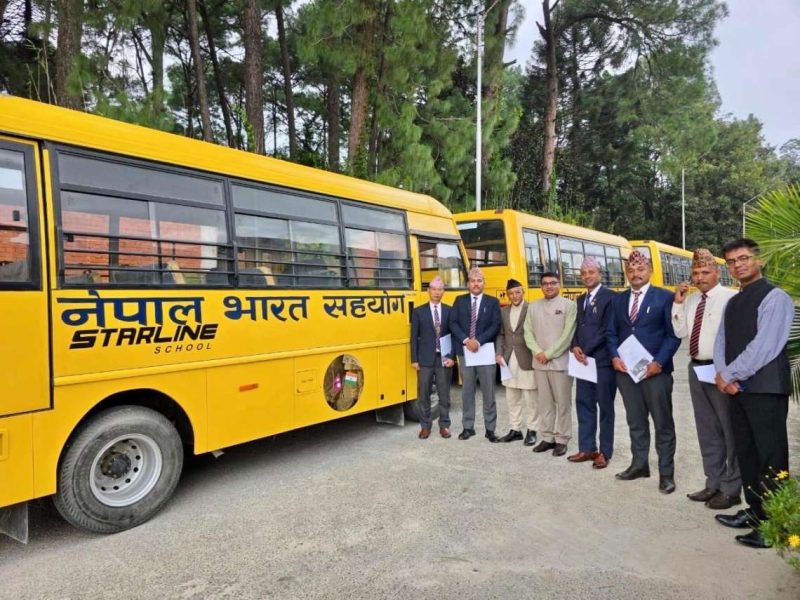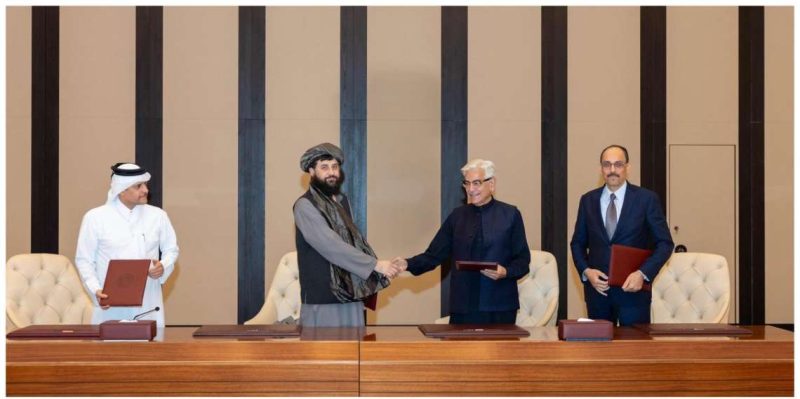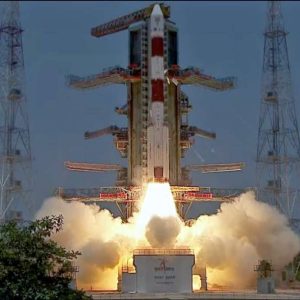Indian pilgrims on Kailash Mansarovar Yatra stranded amid Nepal unrest as Embassy issues advisory, urging caution in Tibet and safe return via flights amid escalating protests….reports Asian Lite News
The Embassy of India in Beijing has issued an advisory urging caution for Indian citizens stranded in the Tibet Autonomous Region of China while undertaking the Kailash Mansarovar Yatra, following widespread unrest in neighbouring Nepal.
According to the advisory, the situation in Nepal has disrupted the travel plans of pilgrims returning from the Yatra organised by private tour operators via Nepal. The embassy highlighted that the unrest had made road travel difficult and urged pilgrims to remain alert in light of the region’s challenging terrain and high altitude.
“In view of ongoing developments, Indian citizens presently in the Tibet Autonomous Region, People’s Republic of China are advised to exercise due caution. Given the high altitude and challenging terrain, they are advised to take the necessary care and precautions for their health and well-being,” the advisory stated.
The embassy also advised travellers to adhere to instructions from local authorities and maintain contact with the Indian missions in Beijing and Kathmandu through designated helplines.
Nine pilgrims from Ayodhya stranded
District authorities in Ayodhya confirmed that at least nine pilgrims from the city have been stranded in Nepal due to the escalating protests. Ayodhya District Magistrate Nikhil Tikaram Funde assured that the pilgrims are safe but appealed to the central government to arrange flights for their return, given that their current stay is far from the border, making overland travel risky.
“Some pilgrims had travelled to China for the Kailash Mansarovar Yatra, and their return was scheduled via Nepal. Because of the unrest, they are unable to continue their journey. Since their stay is far from the border, the only option for their return is by air. I will request the government to make arrangements,” Funde told reporters.
Nepal’s deadly protests
The advisories come in the backdrop of one of Nepal’s deadliest episodes of civil unrest in recent years. On September 8, thousands of young protesters under the banner of Gen-Z Nepal poured onto the streets of Kathmandu and other cities, demanding government accountability, an end to corruption, and the lifting of the controversial social media ban imposed by the KP Sharma Oli-led government.
The protests quickly spiralled into violence as demonstrators attempted to storm the Parliament building in Kathmandu, prompting security forces to open fire with live rounds and later resort to tear gas. At least 19 people were killed in a single day, with the death toll later climbing to 30, according to Nepal’s Ministry of Health and Population.
The ministry also reported 1,033 injuries, of which 713 individuals have since been discharged from hospitals. Another 253 remain admitted, while 55 critical cases were referred to specialised facilities. Emergency services across Nepal have been placed on high alert, with hospitals in Kathmandu—including the Civil Service Hospital, the National Trauma Centre, and Everest Hospital—managing the bulk of cases.
Rights groups condemned the government’s handling of the protests, accusing authorities of using excessive force and restricting fundamental freedoms. The National Human Rights Commission of Nepal described the escalation into violence as “regrettable” and called for accountability.
The Oli government had defended the social media ban as a means of preventing the spread of fake news, but critics argued that it was a thinly veiled attempt to silence dissent. For Nepal’s youth—many of whom are grappling with shrinking economic opportunities and rampant corruption—the ban became a flashpoint for broader frustrations.
The protests, led largely by college and school students, reflected deep discontent among younger generations. With unemployment rates rising and economic migration continuing to drain the country of skilled labour, the anger on the streets was fuelled by both political and economic grievances.
Impact on Indian pilgrims
The unrest has had direct consequences for Indian pilgrims undertaking the Kailash Mansarovar Yatra via Nepal. Traditionally, Nepal serves as a crucial transit point for the pilgrimage to Mount Kailash and Lake Mansarovar, sacred sites for Hindus, Buddhists, Jains and Bon followers.
With large gatherings in Kathmandu and disruptions to road travel, private tour operators have struggled to arrange safe return passages for pilgrims. The advisory from the Indian embassy underscores the seriousness of the situation, stressing both political risks in Nepal and the physical risks posed by Tibet’s difficult geography.
The embassy urged pilgrims to remain patient and follow official communication channels while arrangements are worked out for their safe return.
The crisis underscores the vulnerabilities of Indian pilgrims who rely on Nepal as a gateway for the Kailash Mansarovar Yatra. While the Indian government has yet to announce evacuation measures, coordination between the embassies in Beijing and Kathmandu suggests that contingency plans are under consideration.
For now, Indian nationals in the region have been advised to remain cautious, prioritise their health and safety, and stay updated through embassy advisories. The situation also highlights the broader geopolitical and humanitarian ripple effects of Nepal’s internal unrest on its neighbours.


